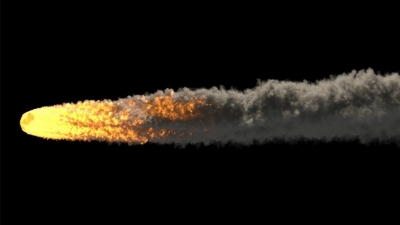
On December 18, 2018, a space rock entered Earth’s atmosphere and exploded over the Bering Sea with the force of roughly 10 atomic bombs, but went undetected. This was said to be largely because of its remote location, miles away from inhabited land. Then how do we know about it? NASA’s Terra satellite and Japan’s Himawari 8 satellite spotted it. The fireball blast was the second most powerful explosion of the 21st Century.
Various monitoring groups regularly survey the sky for near-Earth asteroids, says Chris Mattmann at NASA’s Jet Propulsion Laboratory. NASA uses a monitoring system that scans a catalogue of known asteroids for possibilities of future impacts over the next century.
Small objects frequently hit Earth, says Brandon Johnson at Brown University in Rhode Island. “If you go out on a clear night, you’ll see little meteoroids burning up in the atmosphere,” he says. And because 75 per cent of Earth is covered by oceans, many go unreported.
Larger impacts are rarer, because bigger asteroids are less common. But data from sky surveys of asteroids of between 5 and 50 metres in diameter suggest that these objects should hit Earth less frequently than they actually do.
Picture Credit : Google



